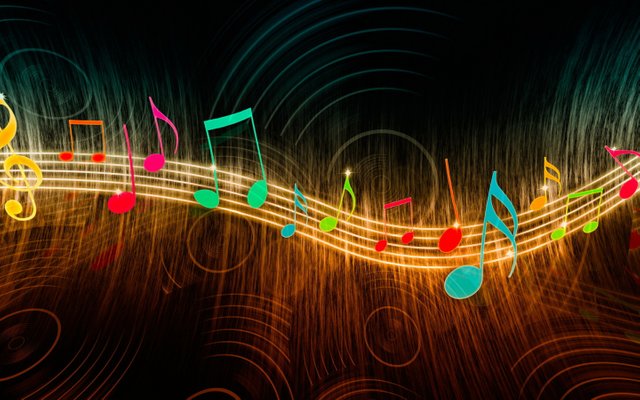A Vinyl Voyage Through Music History

In an era dominated by digital streaming and instant access to an almost infinite catalog of music, there's a certain charm in the crackling sound of a vinyl record as it spins on a turntable. Vinyl records have stood the test of time, surviving the advent of CDs, cassettes, and now, the digital age. Beyond their auditory appeal, vinyl records hold within their grooves a captivating journey through the history of music. In this article, we also going to learn about how vinyl records work.
The Birth of Vinyl: A Timeless Medium
The vinyl record, introduced in the late 19th century, revolutionized the way people experienced music. The advent of the long-playing (LP) record in the mid-20th century allowed for an extended playback time and better sound quality compared to its predecessors. This innovation marked the beginning of a new era in music consumption, enabling artists to present their work as a cohesive body of art rather than fragmented singles.
The Golden Age of Vinyl: Unveiling Musical Diversity
The 1960s and 1970s are often referred to as the golden age of vinyl records. This was a time of musical experimentation and cultural upheaval, and vinyl records were at the forefront of this movement. From the iconic album covers of The Beatles' "Sgt. Pepper's Lonely Hearts Club Band" to the progressive rock odysseys of Pink Floyd's "The Dark Side of the Moon," vinyl records became more than just a vessel for music – they became artistic statements in themselves.
Collecting as a Cultural Phenomenon
The resurgence of interest in vinyl records in recent years has led to a global resurgence of record stores and a thriving collector's market. The act of collecting vinyl has become more than a hobby; it's a form of cultural preservation. Vinyl enthusiasts scour record shops, flea markets, and online platforms in search of rare pressings, limited editions, and forgotten gems. The crackle and warmth of vinyl, once considered outdated, are now celebrated as unique and authentic auditory experiences.
The Ritual of Listening
One of the most cherished aspects of vinyl records is the ritual of listening. From carefully removing the record from its sleeve to gently placing it on the turntable, vinyl playback is an intentional and immersive experience. The crackling of the needle as it finds its place on the groove and the deliberate flipping of the record to listen to the B-side contribute to a tactile engagement with the music that digital playlists often lack.
Preserving Musical Legacies
Vinyl records also serve as time capsules, preserving the musical legacies of artists and genres that might otherwise fade into obscurity. Classic albums and forgotten recordings alike find new life when played on a turntable. The act of listening to vinyl is a way of paying homage to the artists who shaped music history and an opportunity to share those sonic experiences with new generations.
In Conclusion
Embarking on a vinyl voyage through music history is more than just a nostalgic trip down memory lane. It's an exploration of the profound impact that music has on culture, society, and our personal lives. Vinyl records, with their tactile nature and rich sound, provide a bridge between the past and the present, offering a timeless way to connect with the melodies and rhythms that have shaped our world. So, whether you're a seasoned collector or a curious newcomer, there's no better time to embark on a vinyl voyage and experience the magic of music as it was meant to be heard.